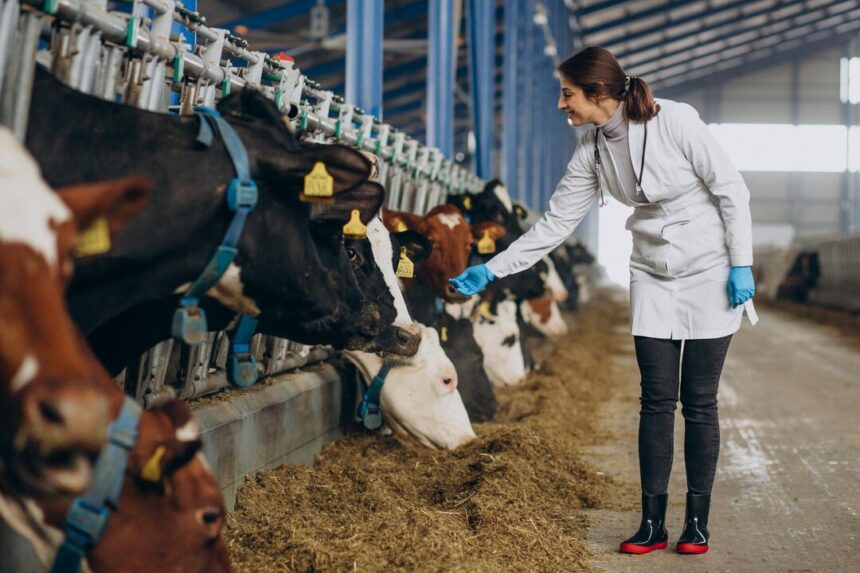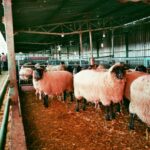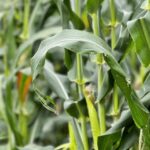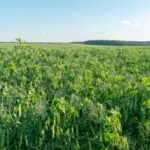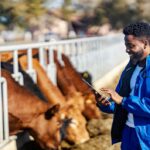Biosecurity plays a critical role in modern farming, helping protect crops, livestock, and the environment from pests, diseases, and invasive species. It involves implementing measures to reduce the risk of introducing and spreading harmful organisms that can devastate agricultural production and disrupt food supply chains. Understanding biosecurity, particularly in equipment usage, is essential for farmers striving for sustainable and profitable farming practices.
What Is Biosecurity in Farming?
Biosecurity refers to practices and procedures designed to prevent the introduction, establishment, and spread of harmful biological agents. These agents include plant diseases, livestock pathogens, pests, and invasive weeds. Biosecurity measures are vital for safeguarding agricultural operations and maintaining the health of ecosystems.
The Importance of Biosecurity in Farming
- Protects Crop and Livestock Health: Preventing disease outbreaks ensures high yields and quality production.
- Reduces Financial Losses: Disease outbreaks and pest infestations can lead to massive financial losses due to decreased productivity and high control costs.
- Ensures Food Safety: Preventing contamination during production ensures safe food for consumers.
- Supports Market Access: Compliance with biosecurity regulations is crucial for exporting agricultural products.
Biosecurity and Equipment Usage
Agricultural equipment can easily become a vector for spreading pests, diseases, and weeds. Proper biosecurity practices in equipment usage are essential for minimizing risks.
1. Equipment Cleaning and Disinfection
Unclean equipment can harbor pathogens, weed seeds, or pest eggs.
- Best Practice: Clean and disinfect all equipment after use, especially when moving between fields or farms. Use pressure washers or specialized cleaning agents to remove debris and contaminants.
2. Designated Equipment Zones
Using the same equipment across multiple areas increases the risk of spreading harmful organisms.
- Best Practice: Assign specific equipment to designated zones, such as separate tools for infected or high-risk areas.
3. Regular Maintenance Checks
Worn or damaged equipment can create hiding spots for pests and pathogens.
- Best Practice: Conduct routine maintenance and repairs to ensure equipment is clean, functional, and free of contamination risks.
4. Training and Awareness
Operators unaware of biosecurity risks may inadvertently spread contaminants.
- Best Practice: Train all farmworkers on biosecurity protocols, including proper equipment cleaning and safe operating procedures.
5. Preventing Cross-Contamination
Sharing equipment between farms or fields without adequate precautions can spread invasive species and diseases.
- Best Practice: Avoid sharing equipment between farms or sanitize equipment thoroughly before and after use.
Other Key Biosecurity Measures in Farming
- Controlled Access: Limit farm access to authorized personnel and implement disinfection protocols at entry points.
- Quarantine Procedures: Isolate new plants or animals before integrating them into the main farm to detect potential diseases.
- Pest and Disease Monitoring: Regularly inspect fields and livestock for early signs of infestations or infections.
- Use of Certified Inputs: Source seeds, plants, and livestock from reputable suppliers to ensure they are disease-free.
Benefits of Strong Biosecurity Measures
- Enhanced Productivity: Healthy crops and livestock lead to higher yields and profitability.
- Sustainability: Biosecurity protects natural resources, ensuring long-term agricultural viability.
- Compliance with Regulations: Adhering to biosecurity protocols helps meet local and international agricultural standards.
Biosecurity is a cornerstone of sustainable farming, and its importance cannot be overstated. Farmers must adopt rigorous biosecurity practices, particularly in equipment usage, to prevent the spread of harmful organisms. By investing in education, proper equipment management, and preventive measures, farmers can protect their livelihoods, contribute to food security, and safeguard the agricultural industry for future generations.
Join 'Farmers Mag' WhatsApp Channel
Get the latest Farming news and tips delivered straight to your WhatsApp
CLICK HERE TO JOIN
